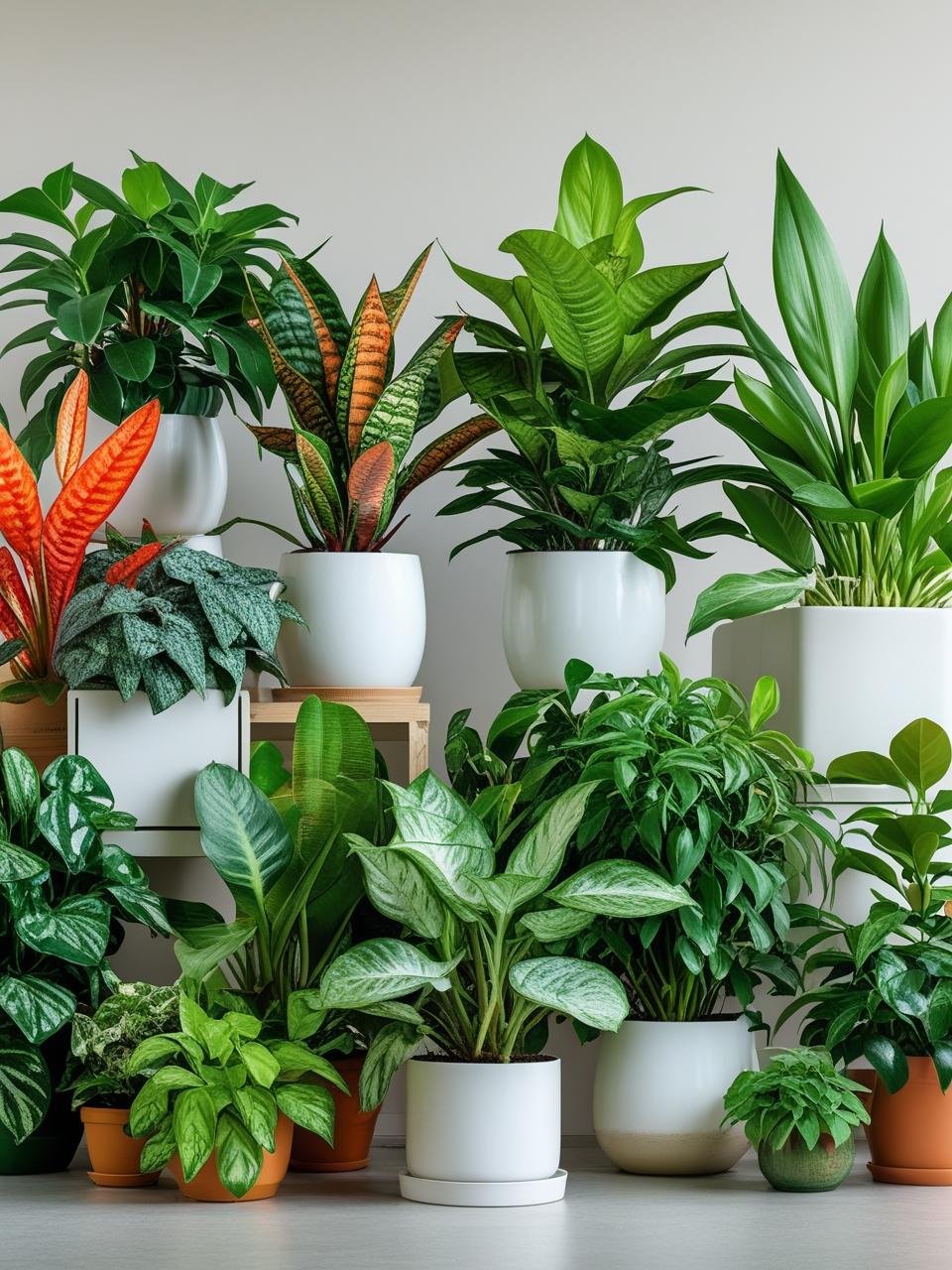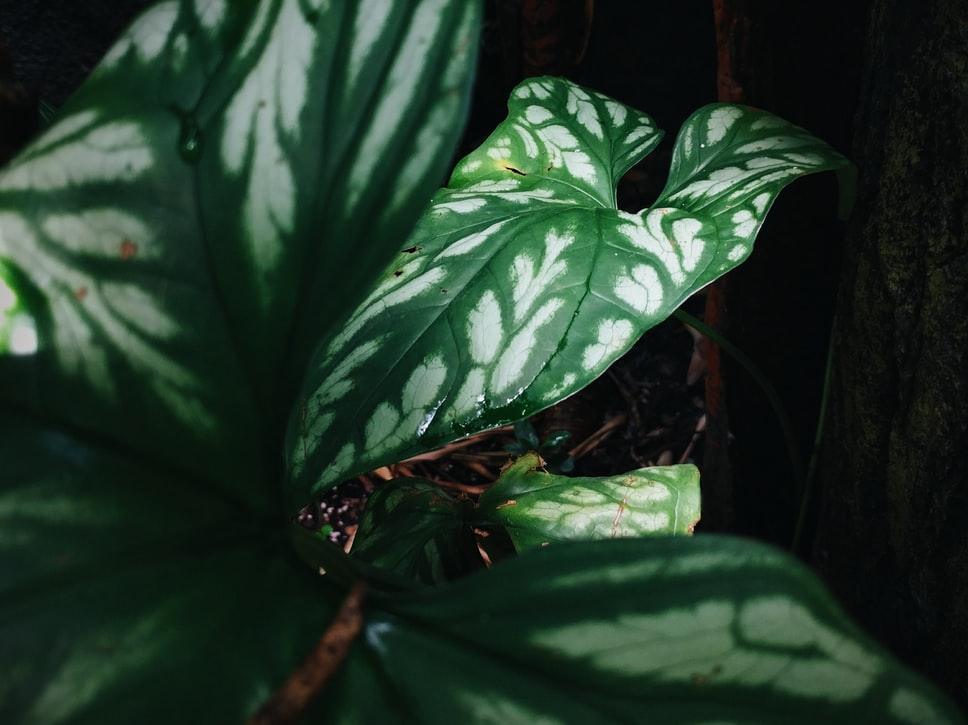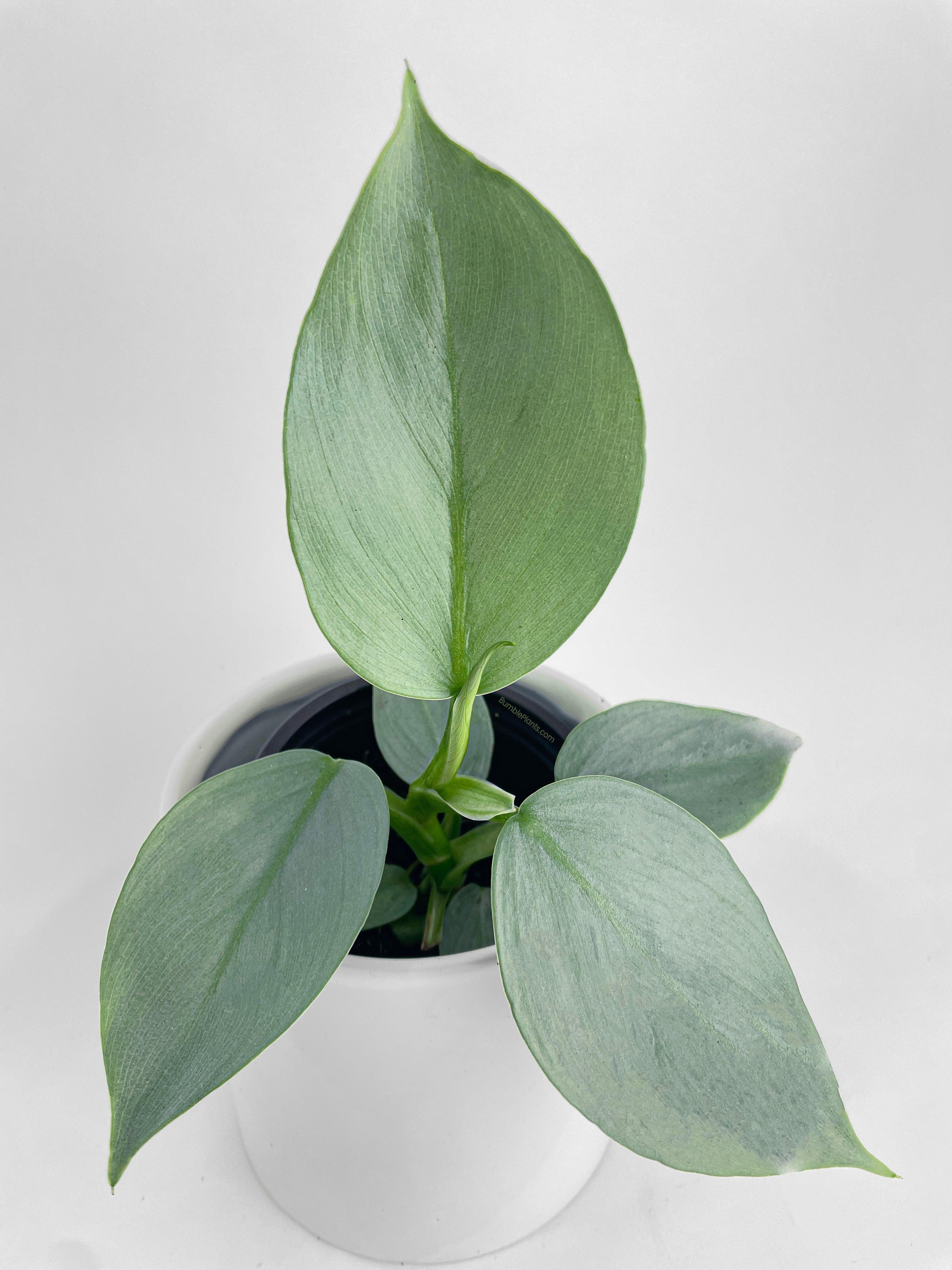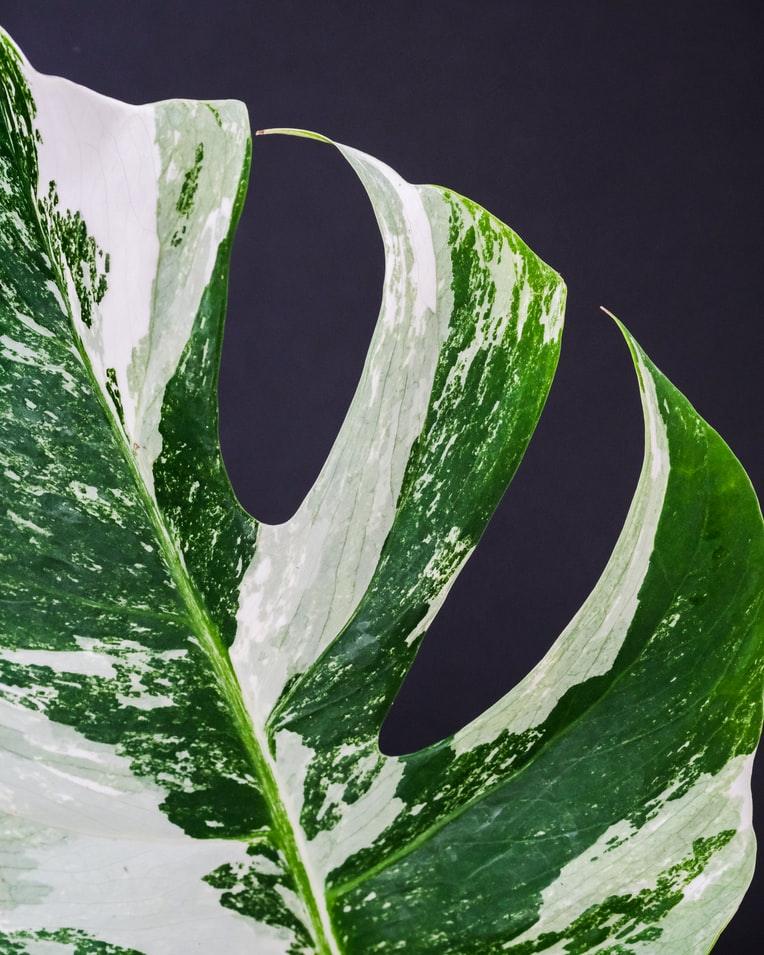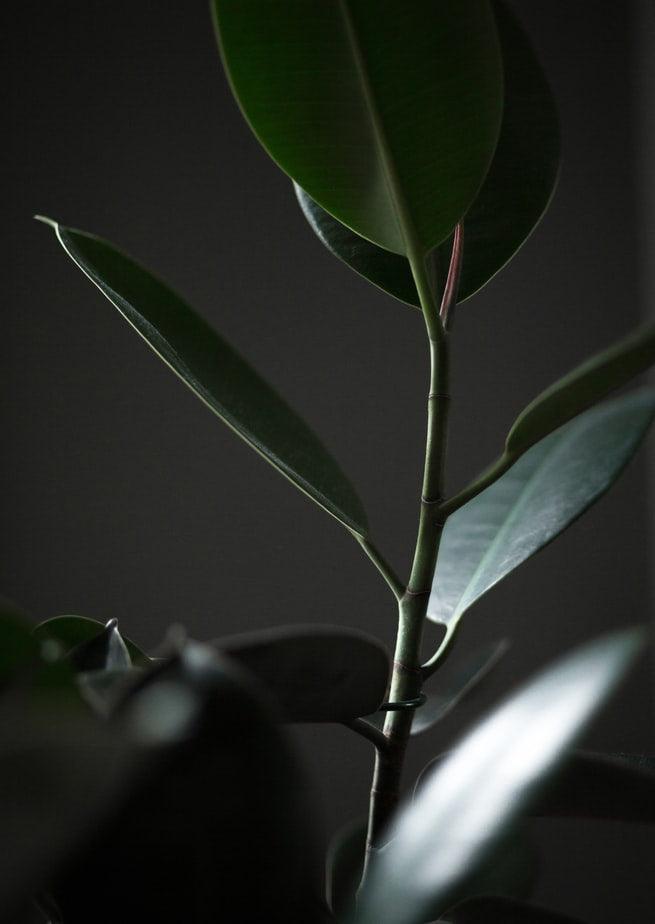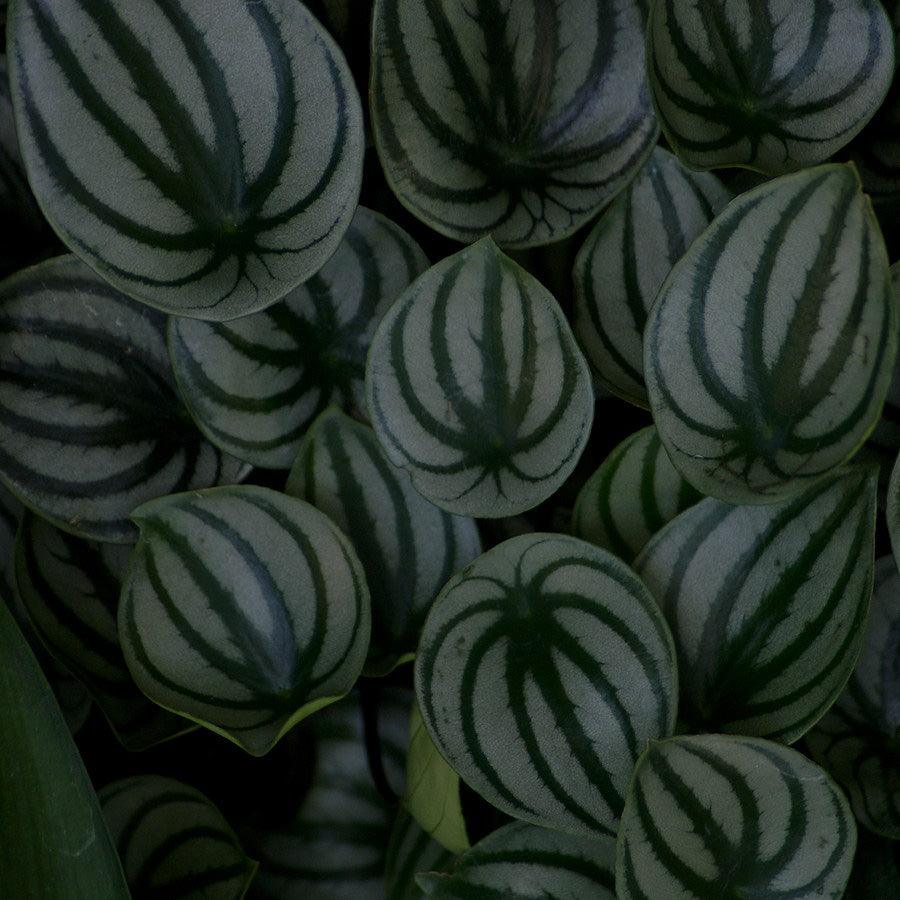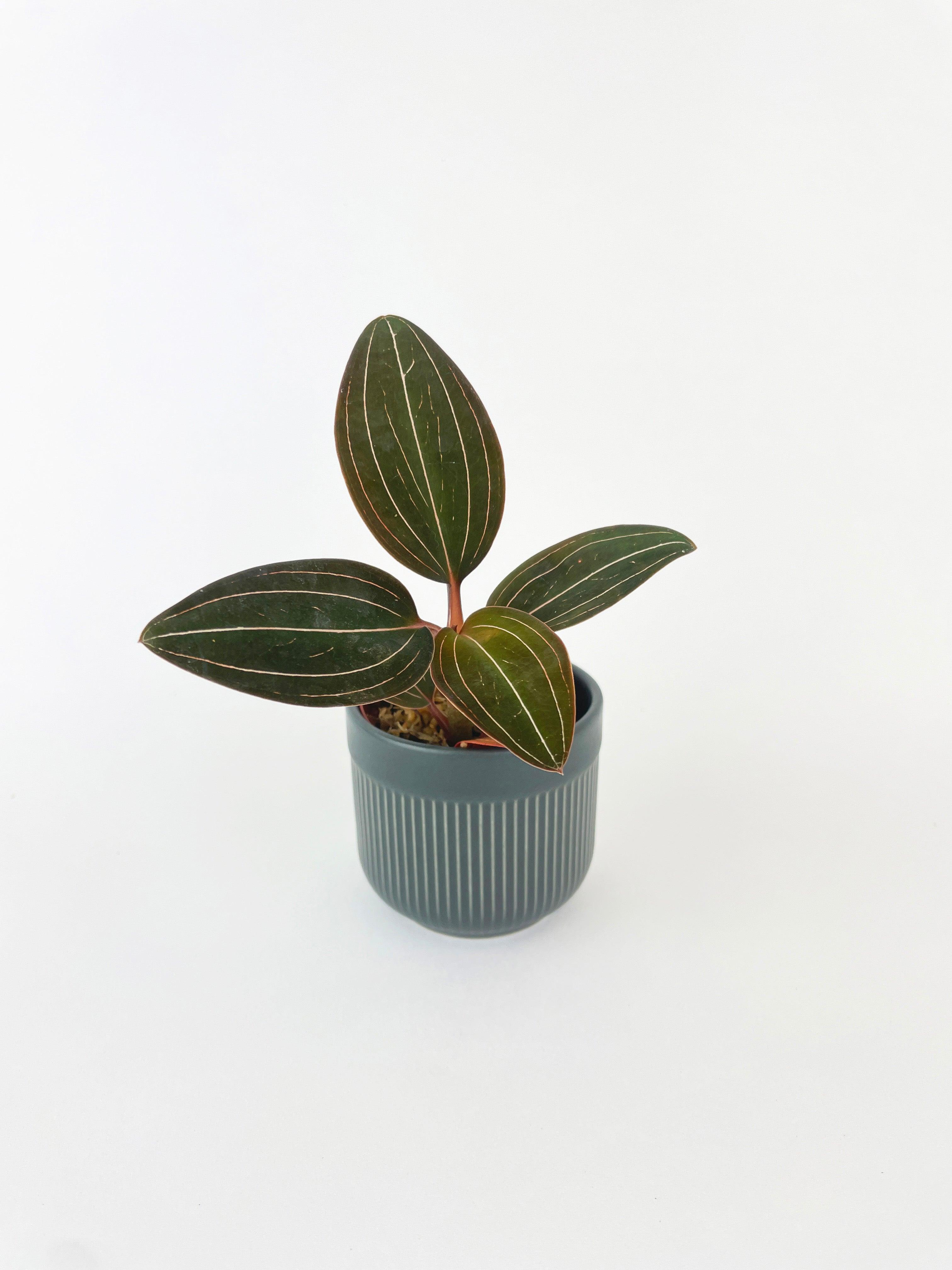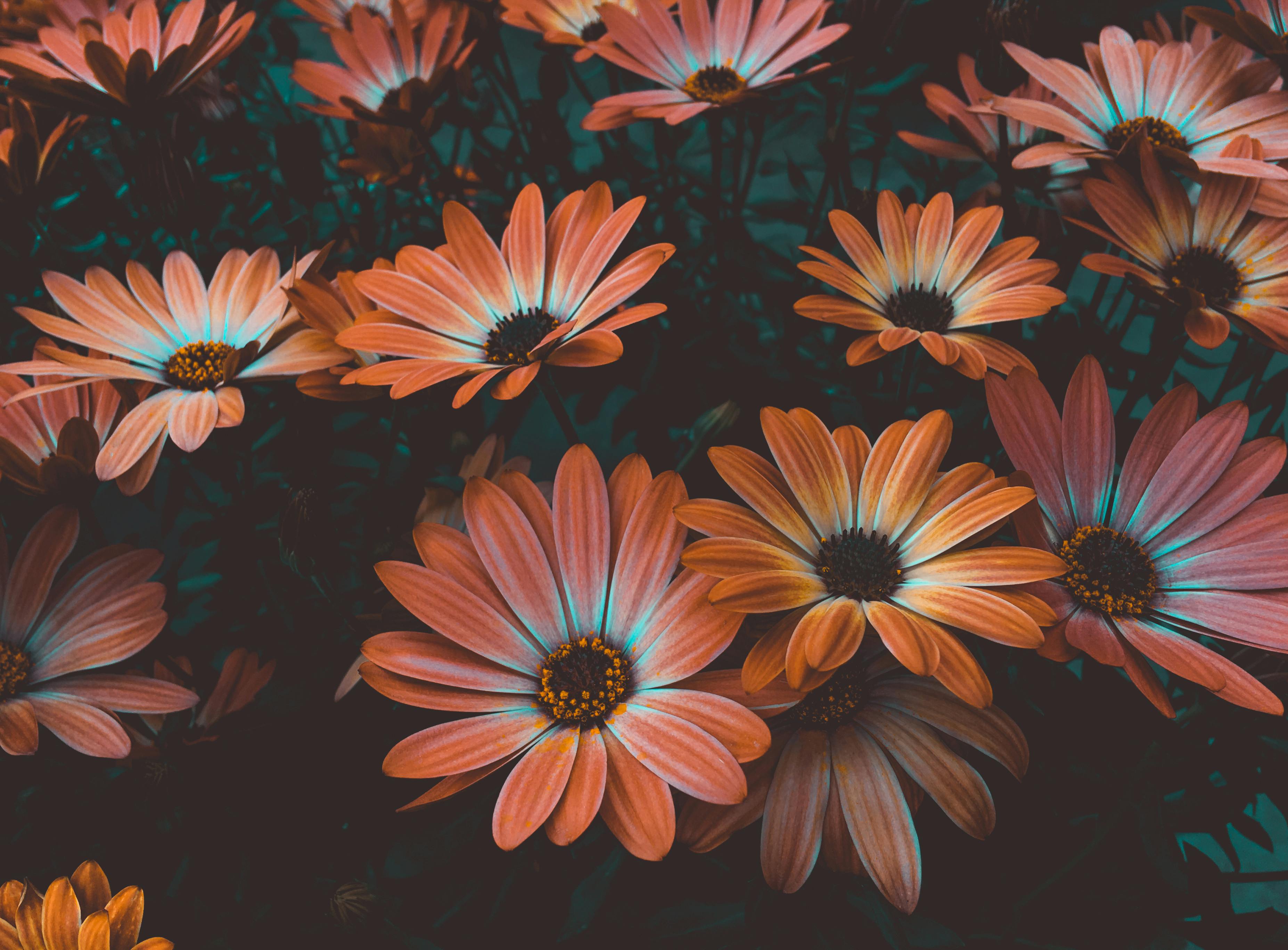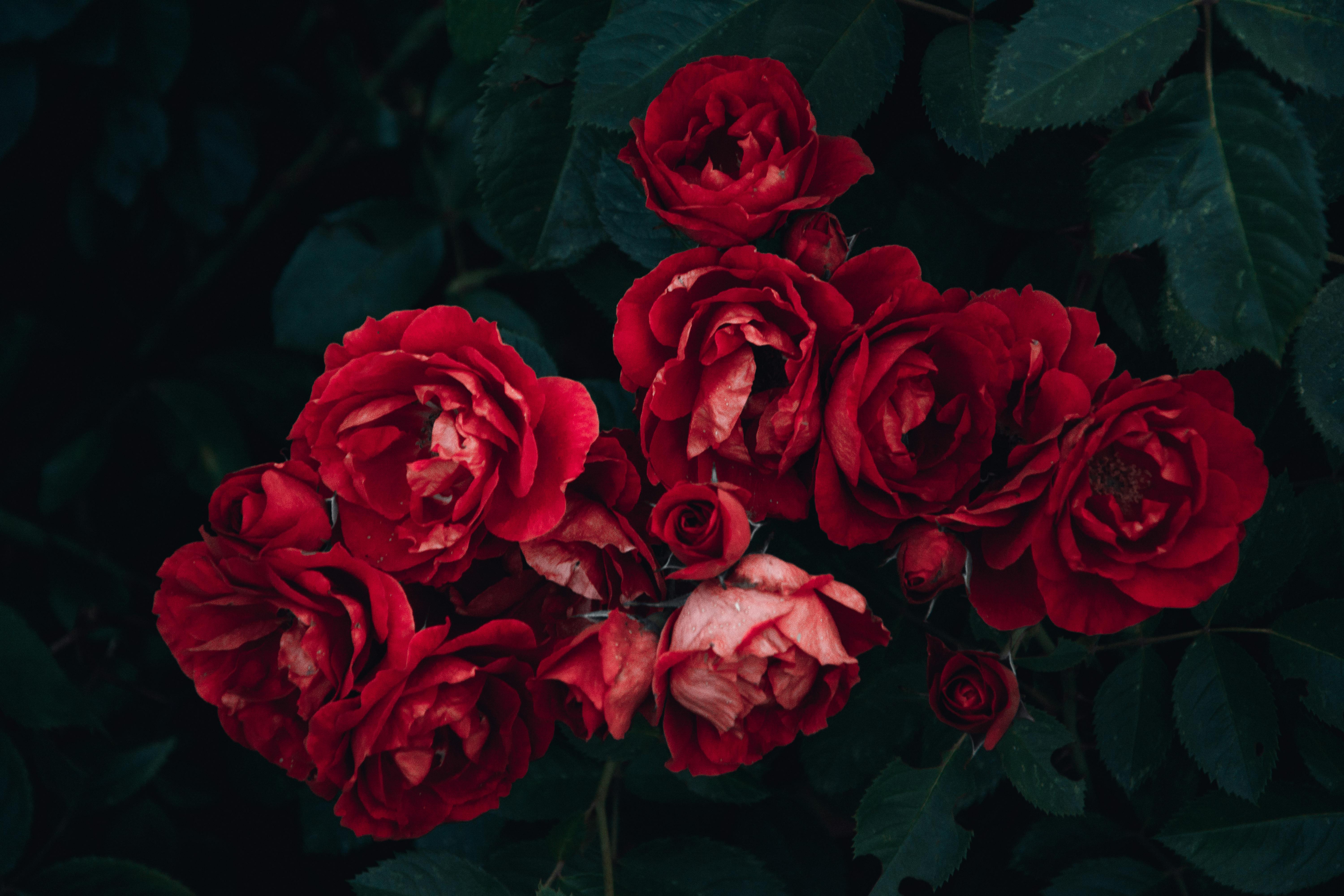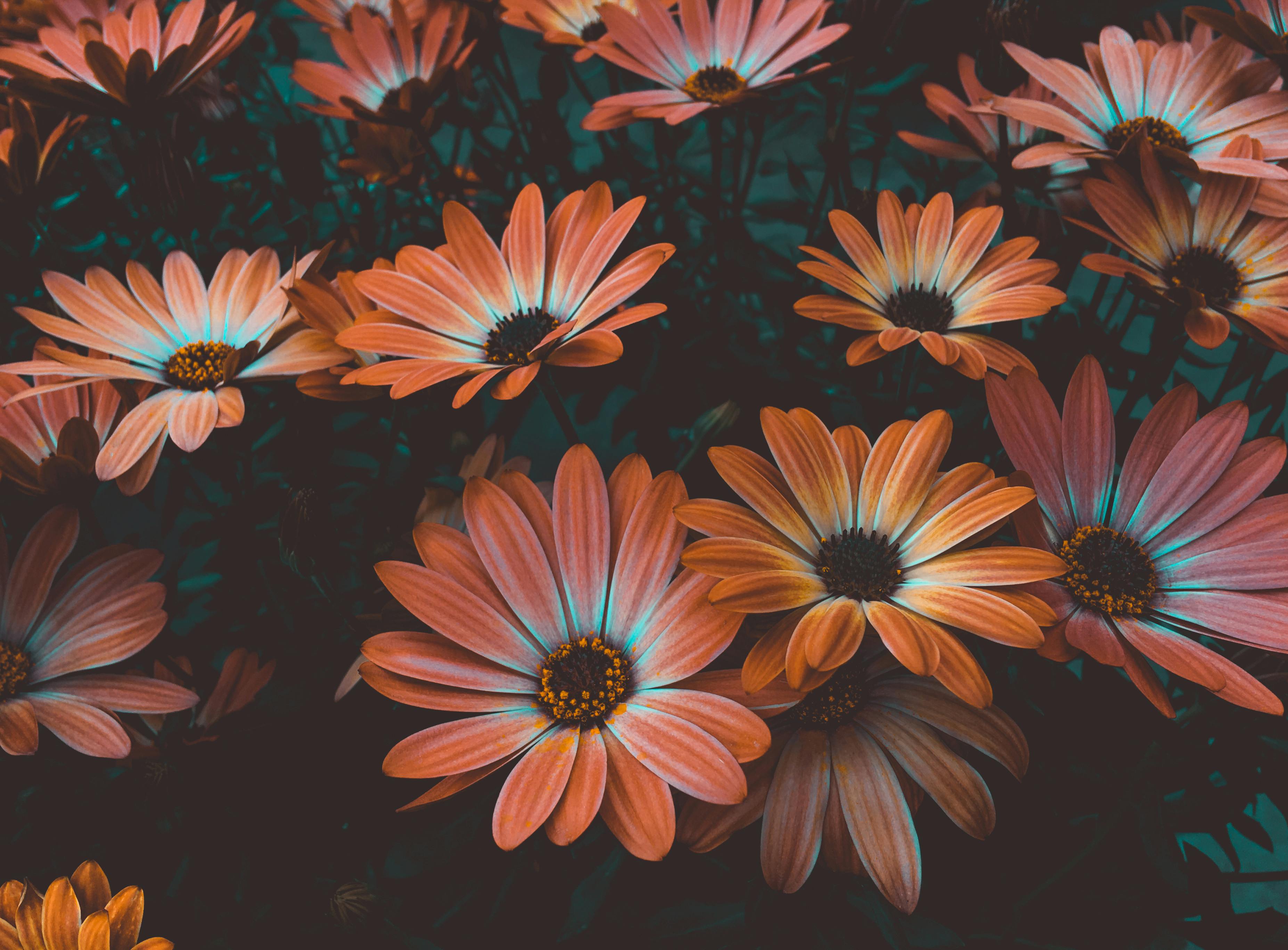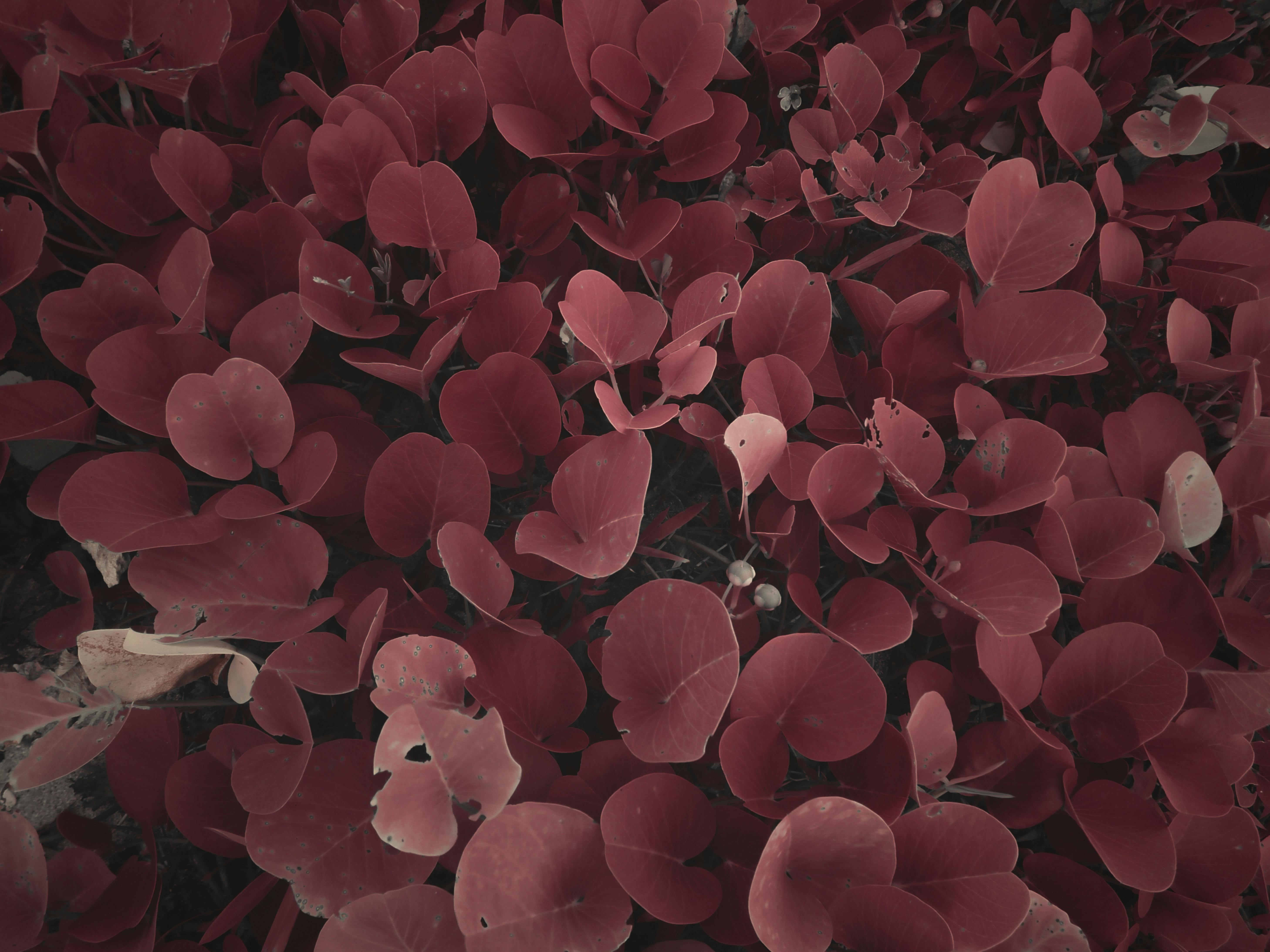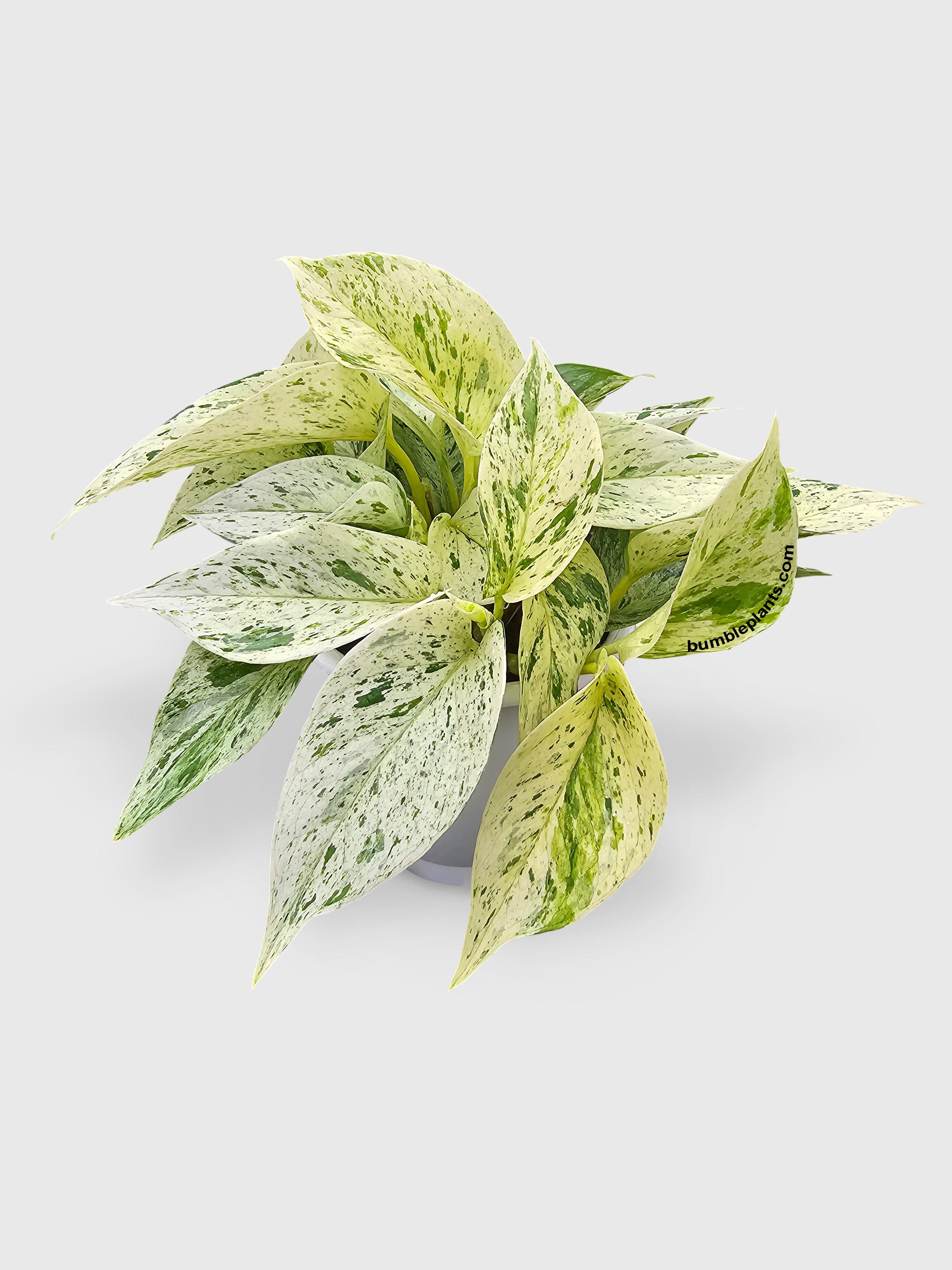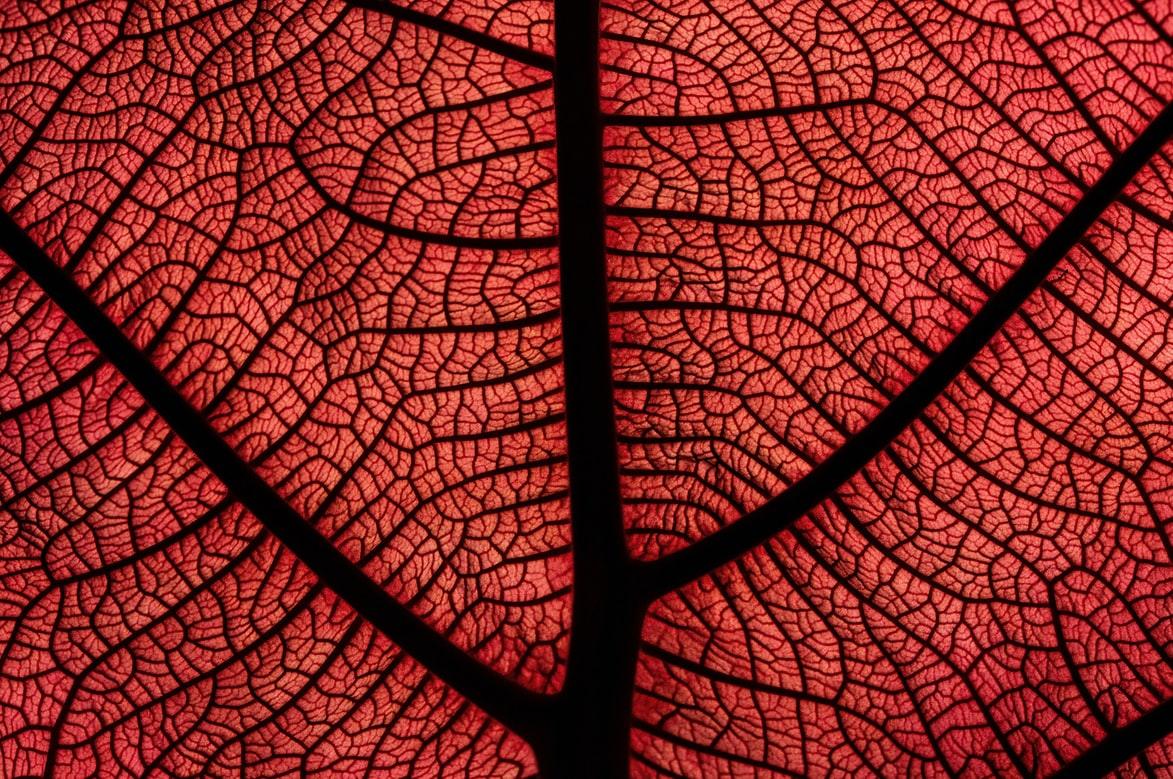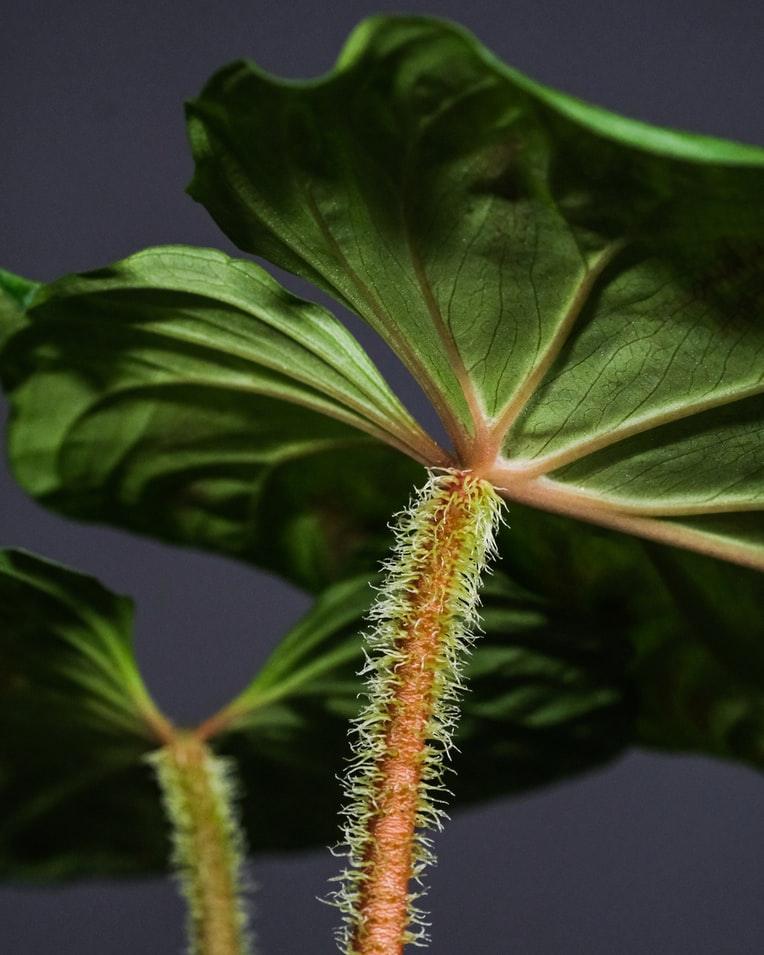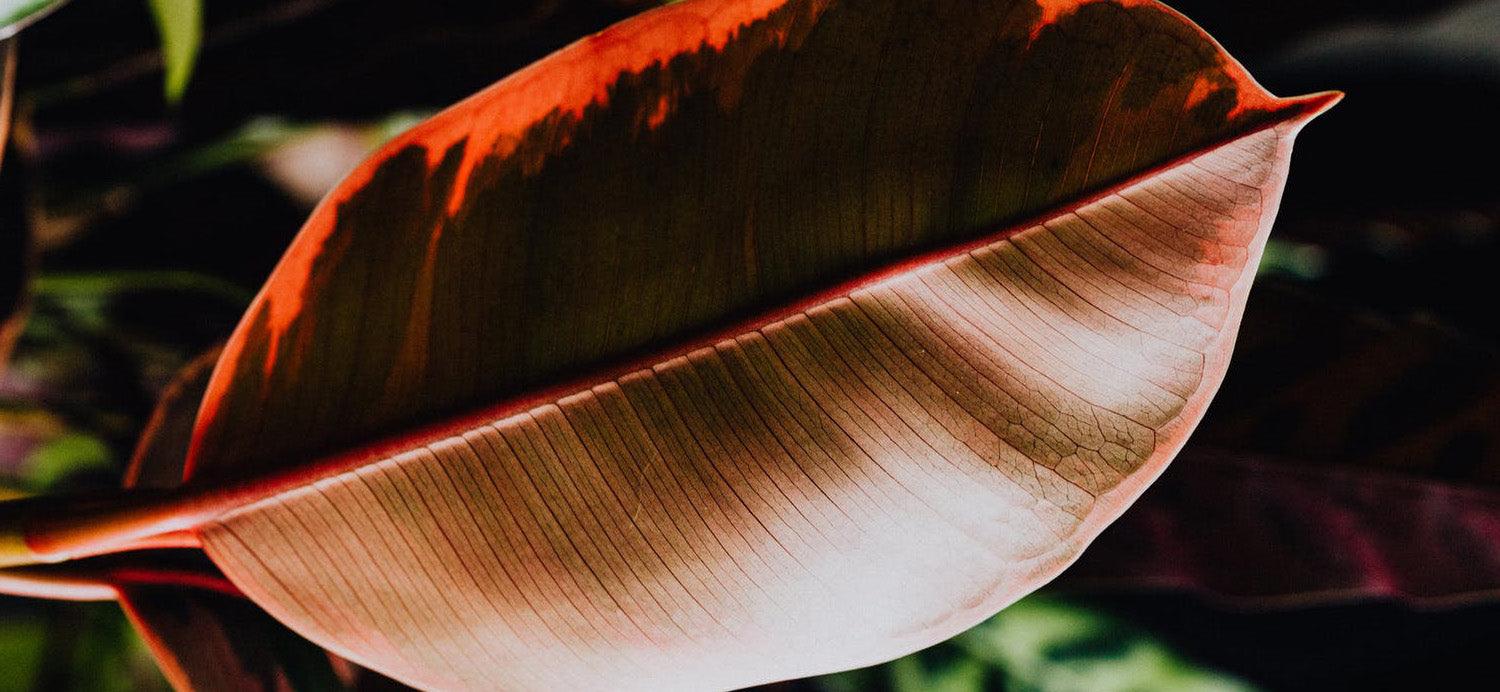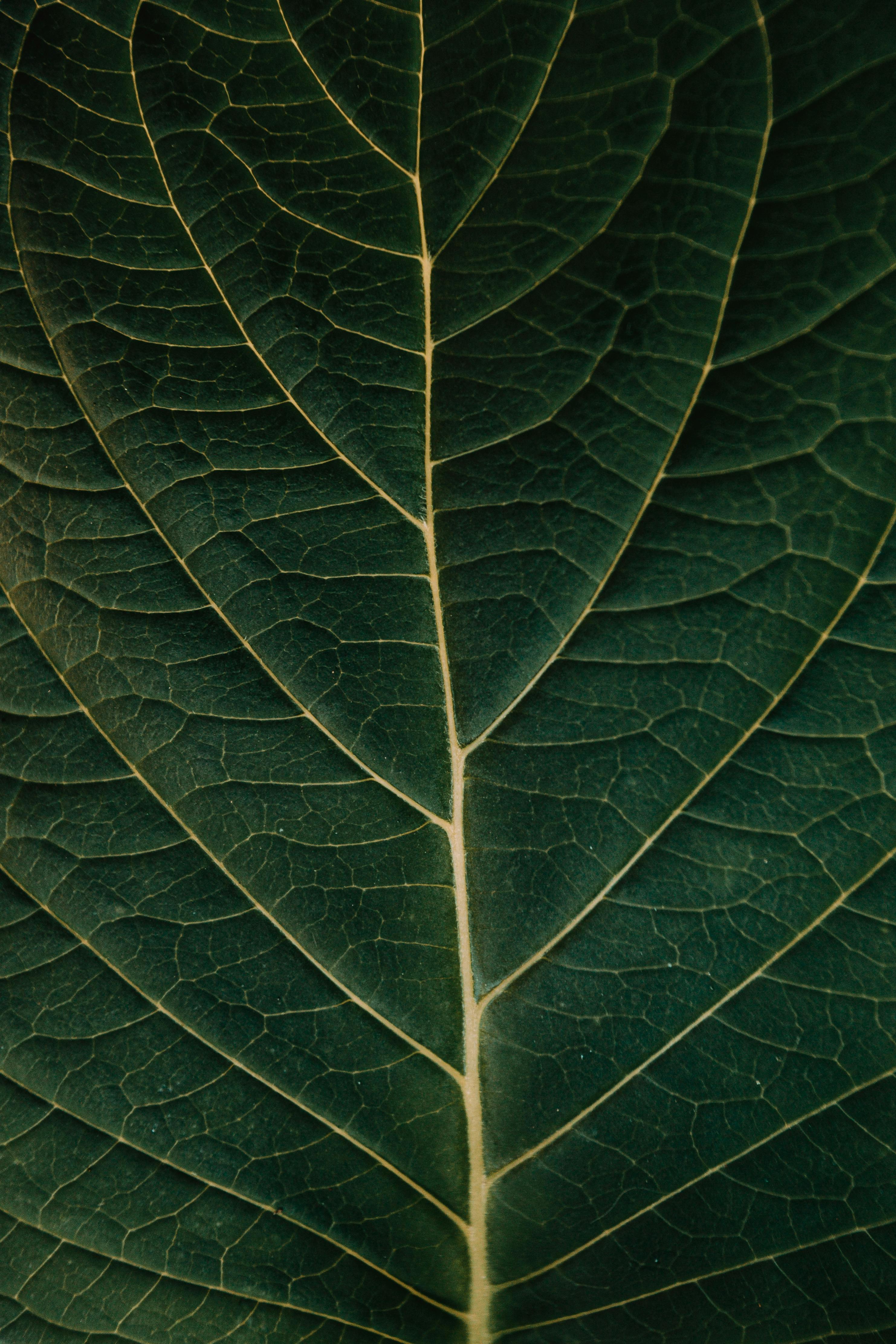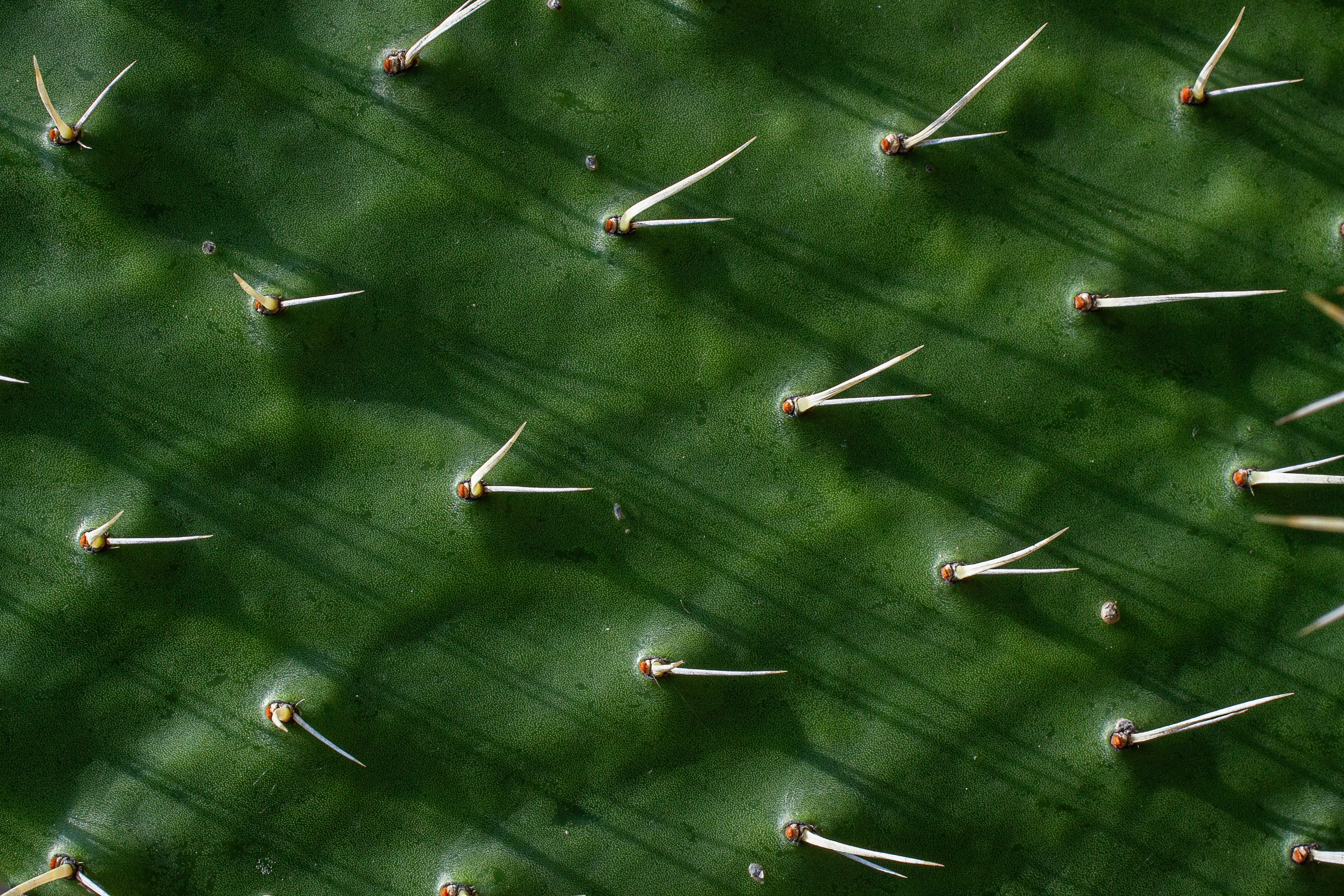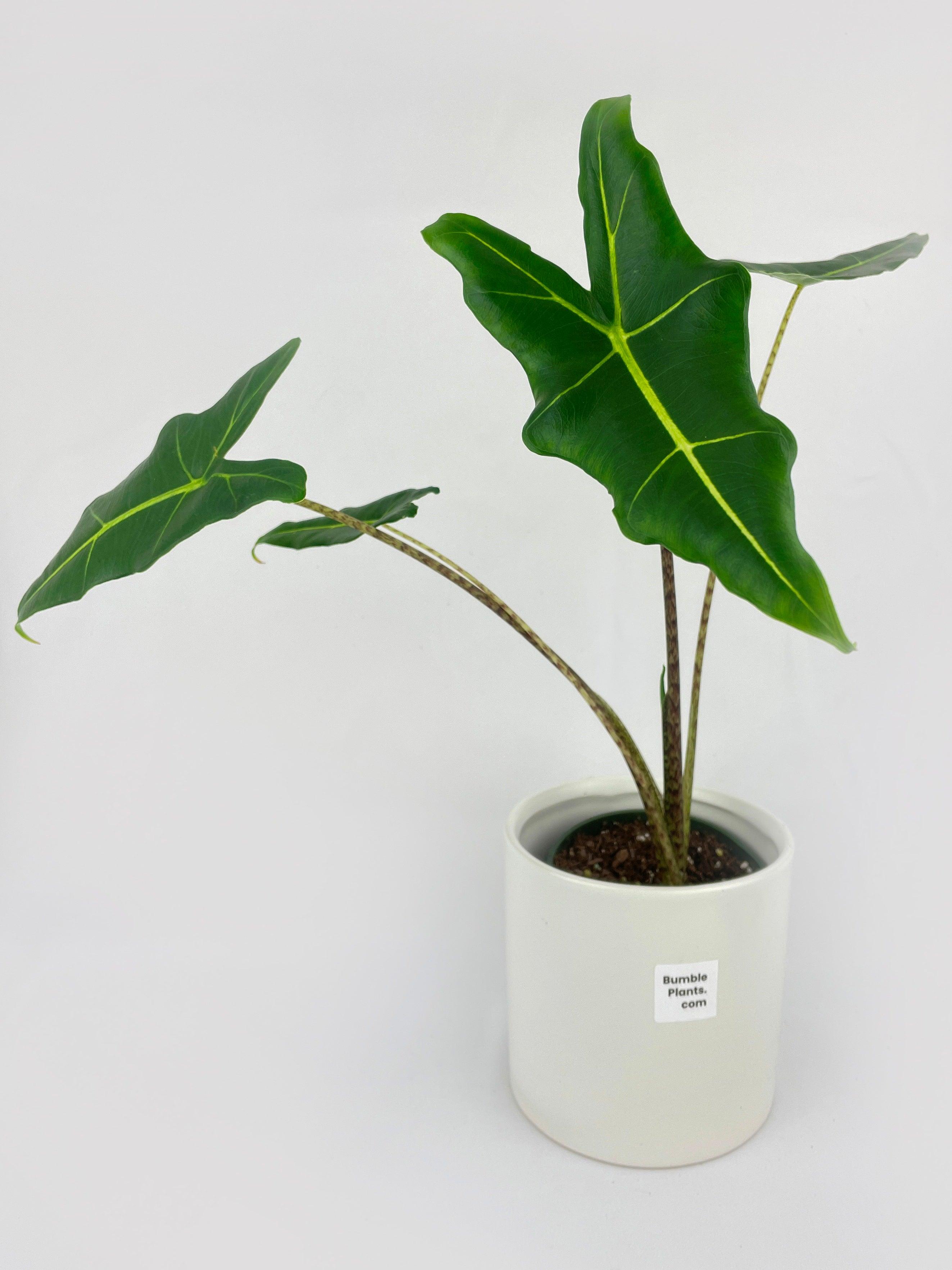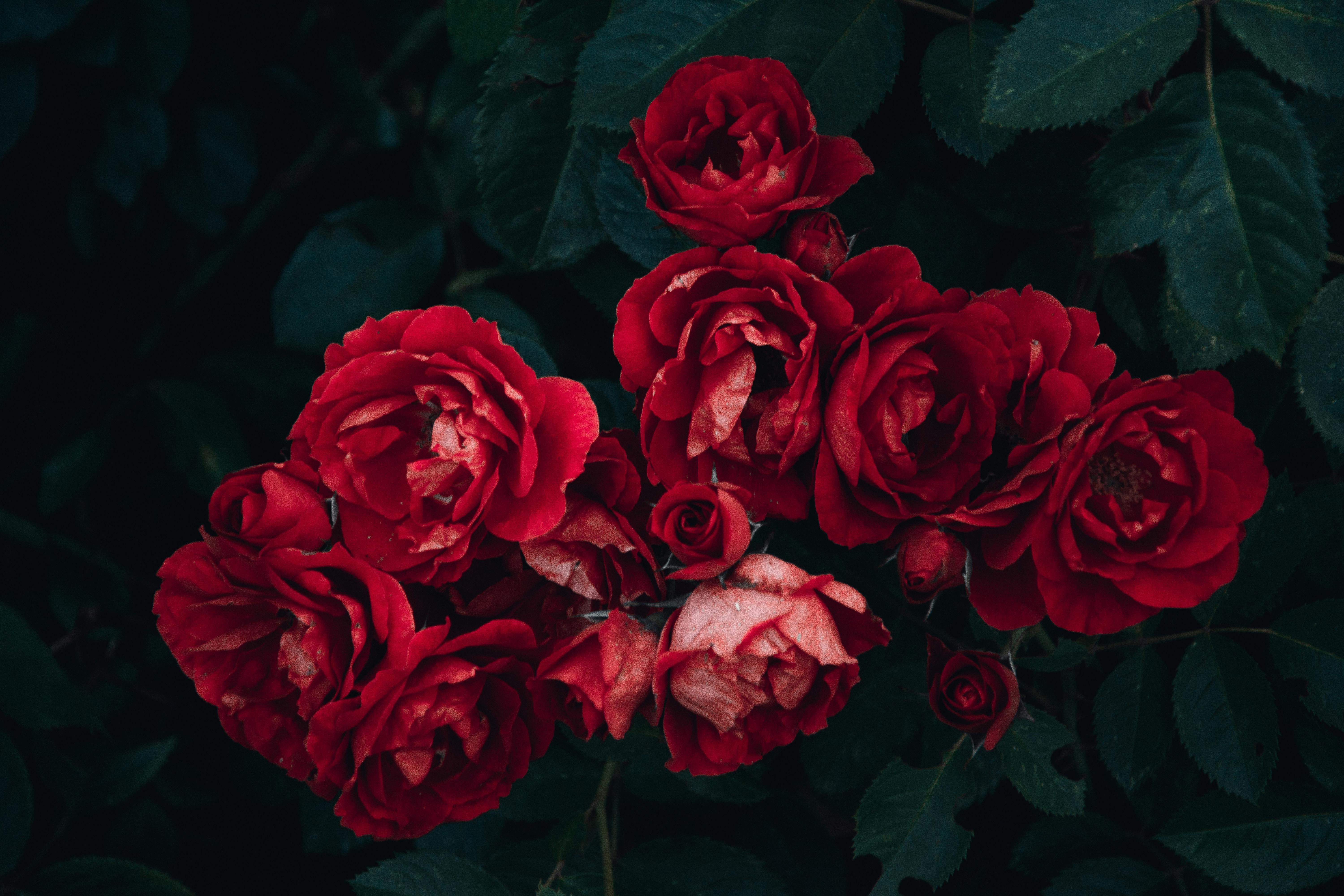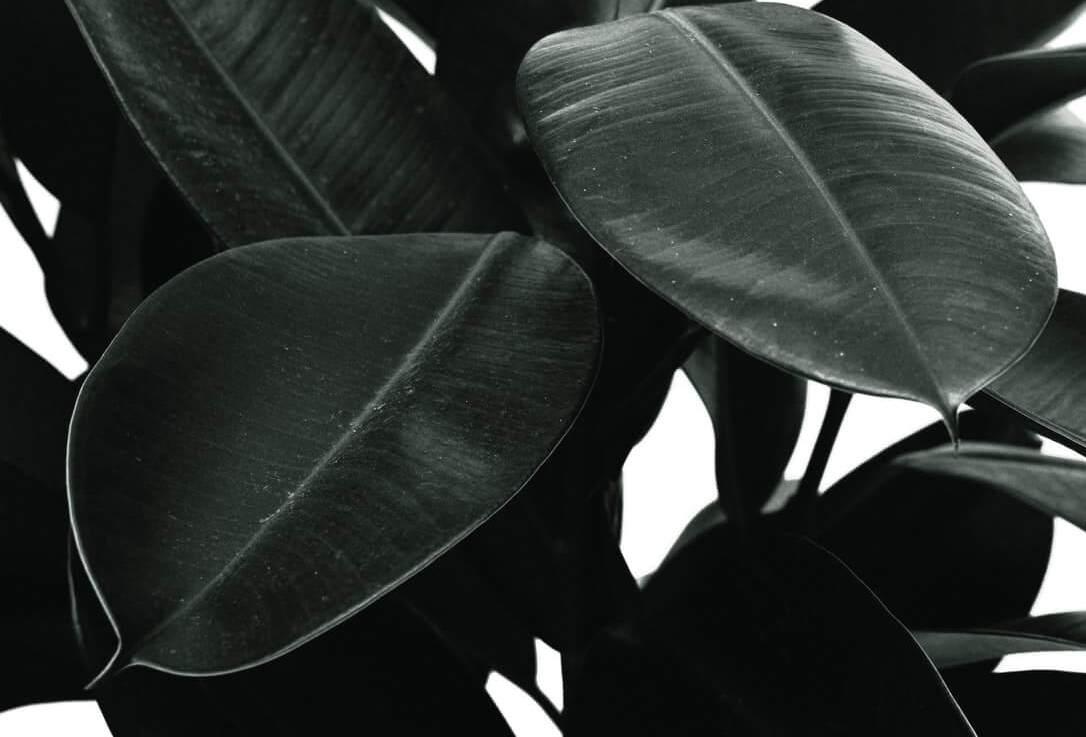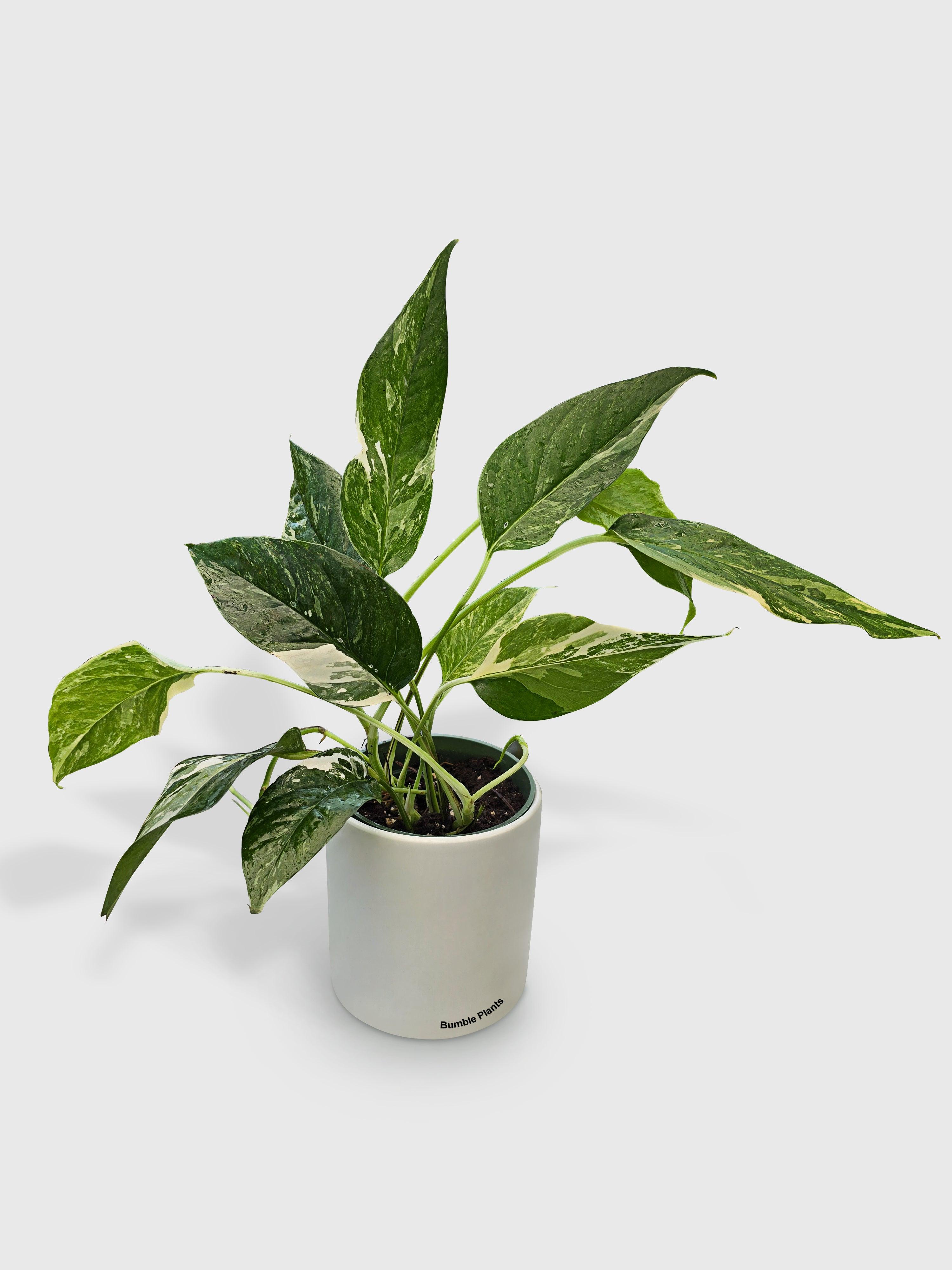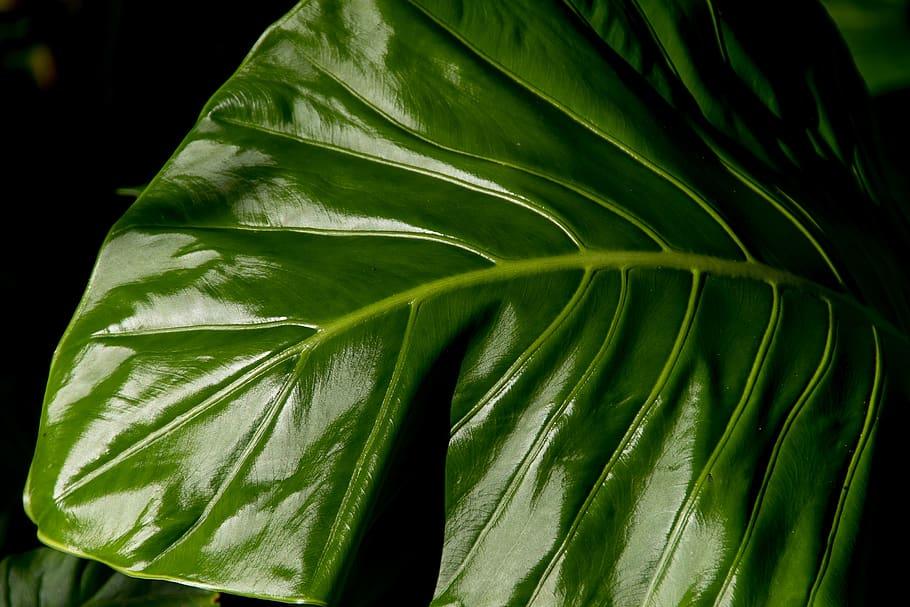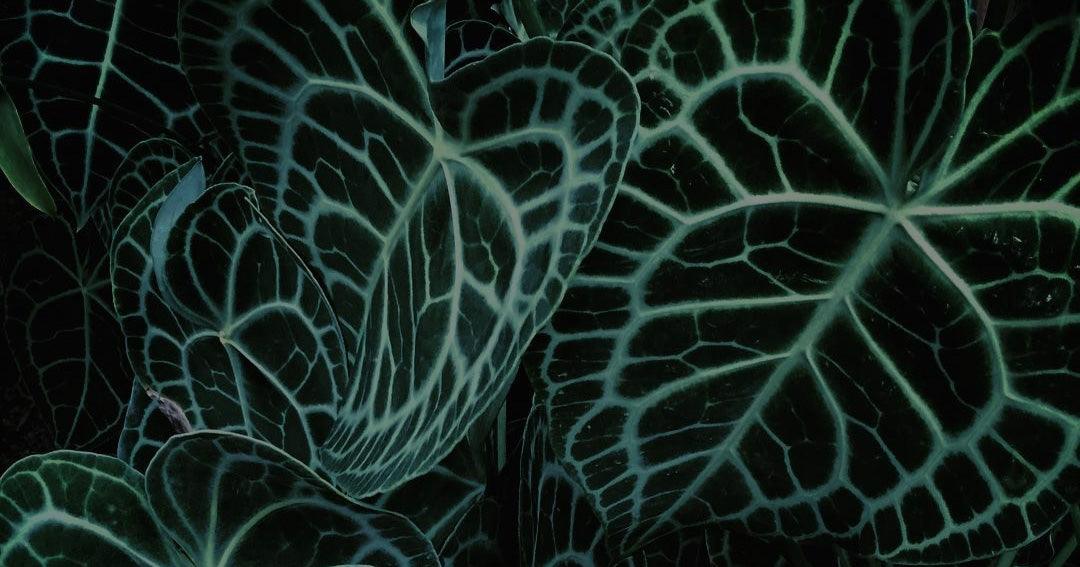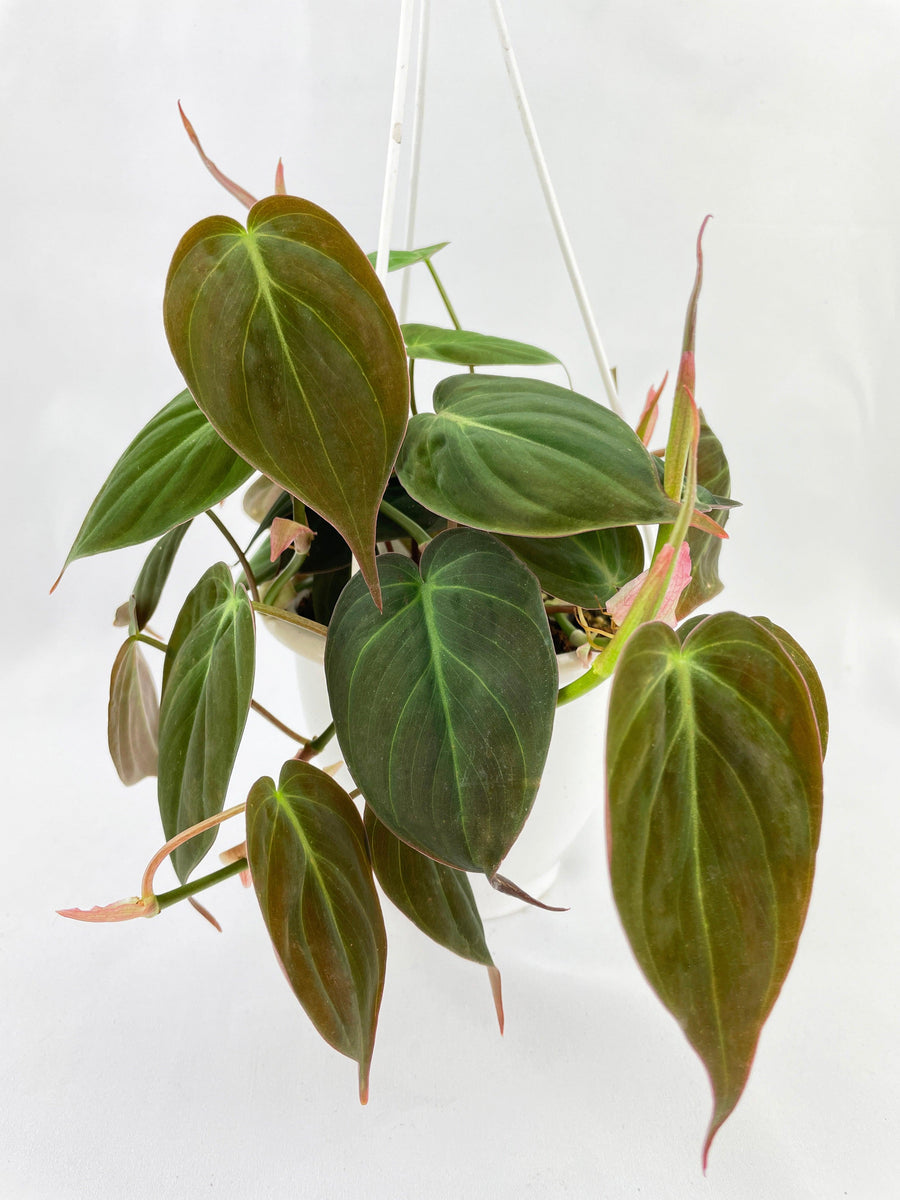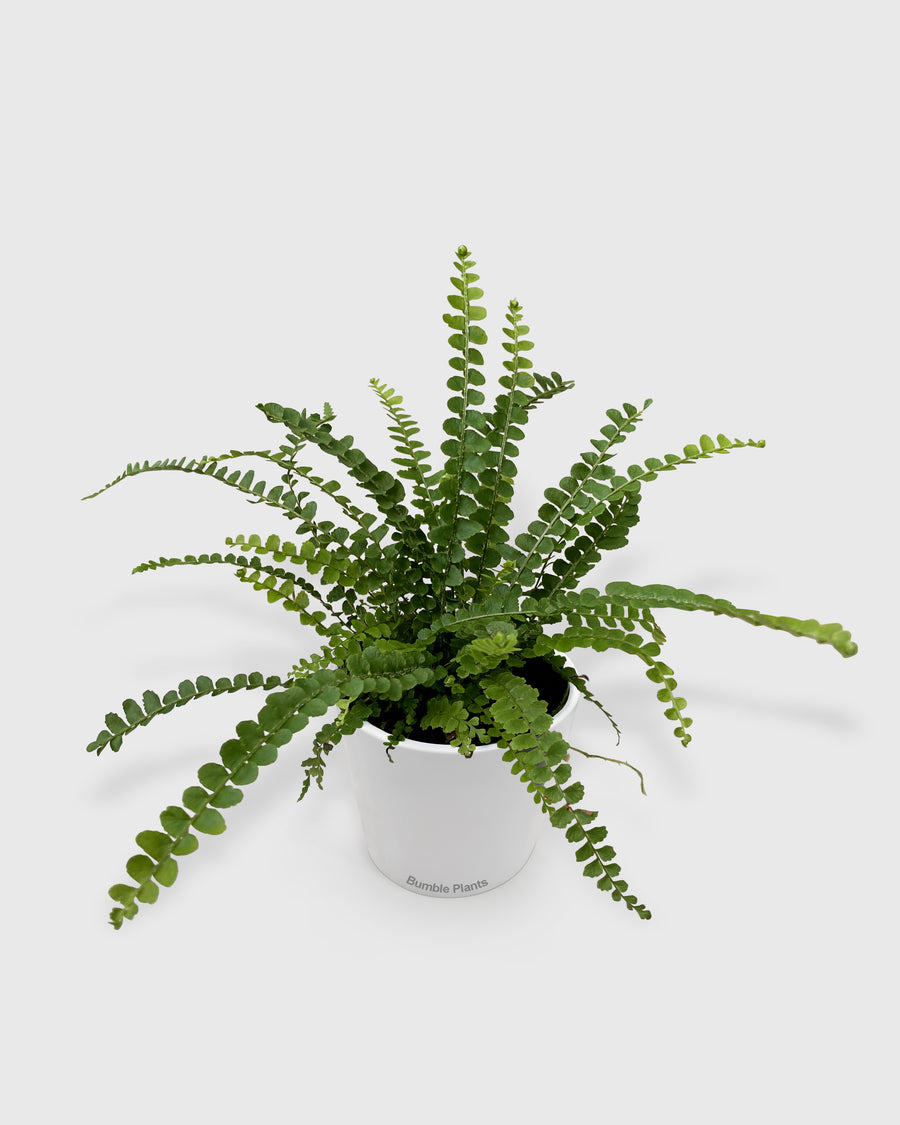Step-by-Step Guide to Receiving Your Monstera Plant Yellowing Leaves
Have you ever noticed your Monstera plant's leaves turning yellow? Don't worry, you're not alone! Many plant lovers, whether newbies or seasoned gardeners, have faced this common challenge.
Monstera plants are known for their big, beautiful leaves that look like they've been nibbled on by tiny insects (though they haven't!). But when those leaves turn yellow, it can be a sign that something isn't quite right.
Let's explore If your Monstera Plant Yellowing Leaves, you are overwatering, and learn how to take action. Explore expert plant care tips for vibrant, healthy foliage! We've got this!. We've got this!. So, grab your watering can and dive into the monstera leaves turning yellow care world!.
Why is My Monstera Plant Turning Yellow?
Hey there, fellow plant lovers! Have you ever noticed something strange about your Monstera plant? Maybe its leaves are turning yellow, and you're wondering why. Well, don't worry! We're here to help you figure it out.
You see, Monstera plants are pretty cool. They've got these big, fancy leaves that make them stand out in any room. But sometimes, those leaves change colour, which can be a sign that something's up.
So, why do monstera turning yellow? There are a few reasons. Maybe your plant isn't getting enough water, or it's getting too much sun. Sometimes, it's because the soil doesn't have the right nutrients or your plant is feeling a little stressed out.
But here's the good news: fixing the problem is usually pretty easy! If your monstera leaves turning yellow because it's thirsty, drink water. And if it's getting too much sun, try moving it to a shadier spot. If the soil seems sad and empty, give it some plant food to help it feel better.
So, there you have it! If your monstera leaves turning yellow, don't panic. With a little love and care, your plant will return to its green, leafy self in no time. Happy gardening!
Monstera Plant Care for Beginners: How to Keep Your Plant Healthy
Hey there, plant pals! Are you excited to learn how to care for your Monstera plant? These leafy friends are super trendy and easy to care for, monstera leaves turning yellow perfect for beginners like you.
Let's dive into some simple tips to keep your Monstera happy and healthy!
First up, let's talk about light. Monstera plant like bright, indirect light. That means they don't want to be in direct sunlight but need some light to grow nicely. Find a cozy spot near a window where your Monstera can enjoy those sunbeams without getting too toasty.
Now, onto watering! Monstera plants like their soil to be moist but not soaked. Check the top inch of soil – if it feels dry to the touch, it's time to water. Give your Monstera a nice drink, but make sure any extra water can drain away. Nobody likes wet feet, not even plants!
Let's remember food. Just like us, plants need nutrients to grow big and strong. You can give your Monstera a snack by feeding it some plant food every month during the growing season. Follow the instructions on the bottle, and your Monstera will thank you with lots of new leaves!
Last but not least, grooming time! Monstera plant have those big, beautiful leaves, but sometimes they can get dusty. Give your Monstera a gentle wipe-down with a damp cloth now and then to keep its leaves clean and shiny.
So there you have some easy care tips for your Monstera plant. With a little love and attention, your Monstera will grow into a leafy masterpiece in no time. Happy planting!
Light: Place your Monstera where it can get bright, indirect sunlight near a window but not in direct sunlight.
Watering: Check the soil regularly and water when the top inch feels dry. Avoid overwatering, as Monstera prefers slightly moist soil.
Drainage: Ensure your pot has drainage holes to prevent water from accumulating at the roots.
Fertilizing: Feed your Monstera with a balanced liquid fertilizer diluted to half strength every month during the growing season (spring and summer).
Cleaning: Dust the leaves gently with a soft cloth or sponge to keep them clean and allow better light absorption.
Temperature: Keep your Monstera in a room with temperatures between 65°F to 85°F (18°C to 29°C) and away from cold drafts.
Pruning: Trim any yellow or brown leaves with clean scissors to encourage new growth and maintain the plant's appearance.
Support: Use a moss pole or trellis to support your Monstera as it grows, helping it climb and develop its iconic split leaves.
7 Reasons for Monstera Leaves Turning Yellow—and How to Fix It
Hey, plant lovers! Have you ever noticed your plant's leaves?
It's like a neon sign saying, "Help me, please!" But don't worry, we've got you covered. Let's explore seven common reasons for yellow leaves and how to fix them in easy-to-follow steps:
Too Much Water: If you've been giving your plant too many drinks, its roots might drown, making the leaves turn yellow. Solution? Let the soil dry out a bit before watering again.
Not Enough Water: On the flip side, if your plant's feeling thirsty, its leaves can also go yellow. Please drink it when the soil feels dry to the touch.
Light Hunger: Plants love sunlight, but too much or too little can make their leaves yellow. Move your plant to a spot with just the right amount of sunshine.
Hungry Plants: Just like us, plants need food! If they're not getting enough nutrients, their leaves might turn yellow. Give them some plant food to munch on.
Unwanted Guests: Bugs and diseases can make themselves home on your plant, causing those yellow leaves. Treat your plant with some bug spray or fungicide to send them packing.
Temperature Tantrums: If it's too hot or cold for your plant, it might throw a leafy fit and turn yellow. Keep it comfy at the right temperature.
Roots on the Run: Your plant's roots sometimes need more space to stretch out. Repotting your plant into a bigger home can help it grow happier and greener.
By following these simple tips, you'll be the hero your plant needs to go from yellow to green again. Remember, plants are like friends – they need a little TLC to thrive. So, let's get those leaves back to their leafy best!
How to Trim a Monstera | Monstera Leaves Turning Yellow
Hey there, fellow plant enthusiasts! Are you ready to give your Monstera Deliciosa plant a little haircut? Don't worry; it's more manageable than it sounds! Let's embark on a journey together, learn how to trim easily, and tend to your Monstera Deliciosa.
Step 1: Gather Your Tools Before we get started, let's make sure we have everything we need:
Clean and sharp scissors or pruning shears
A damp cloth or sponge for cleaning
Step 2: Assess Your Plant Take a close look at your Monstera Deliciosa plant and identify any leaves that are yellowing, damaged, or overgrown. These are the ones we'll be focusing on during our trimming session.
Step 3: Choose Your Cuts Wisely. When deciding which leaves to trim, aim to remove any that are:
Yellow or brown: These are signs of stress or ageing.
Damaged: Look for tears, holes, or discolouration.
Overgrown: Too large or obstructive leaves can be pruned to promote better airflow and light penetration.
Step 4: Make the Cut Using clean and sharp scissors or pruning shears, carefully snip away the selected leaves at their base. Make sure to make clean cuts to minimize stress on the plant and prevent tearing.
Step 5: Clean Up After trimming, take a moment to wipe down the remaining leaves with a damp cloth or sponge. This helps remove dust or debris and keeps your plant fresh and healthy.
Step 6: Admire Your Handiwork. Stand back and admire your beautifully trimmed Monstera Deliciosa plant! Not only does it look tidier, but it's also primed for new growth and continued vitality.
And there you have it – trimming a Monstera Deliciosa plant is as easy as 1-2-3! With a little care and attention, your plant will thrive and continue to bring joy to your home or office space. Happy trimming, plant pals!
How to Propagate a Monstera | Expert Monstera Plant Care
Are You Looking for a strong stem on your Monstera plant with a leaf and a node? The node is like a little bump where the leaf meets the stem. Make a clean cut just below the node using your scissors or pruning shears.
Step 1: Prepare Your Cutting Remove leaves from the bottom part of your cutting, leaving just the leaf at the top. This helps the cutting focus its energy on growing roots. If you have rooting hormone, you can dip the cut end of the stem into it to boost it.
Step 2: Propagate Your Cutting Place your cutting in the jar or container filled with water, ensuring the node is submerged. You can also plant your cutting directly into a pot filled with soil.
Step 3: Provide the Right Conditions Put your propagation jar or pot in a warm, bright spot, away from direct sunlight. Check the water level regularly and top up as needed. If you're using soil, keep it slightly moist but not soggy.
Step 4: Watch it Grow! Over the next few weeks, your Monstera cutting will develop roots. Keep an eye on it and watch as new roots begin to grow. Once the roots are a few inches long, your cutting can be transplanted into its pot.
Step 5: Celebrate Your Success Congratulations, you've successfully propagated your Monstera Deliciosa plant! You now have a new plant to care for and watch grow. Keep nurturing it with love, and soon, you'll have a beautiful monster of your own!
And that's it – propagating a Monstera Deliciosa plant is a fun and rewarding experience. You can grow your jungle right at home with patience and care. Happy propagating, young green thumbs!
Yellowing Small Leaves on Monstera Plan: Tips for Recovery After Repotting : A Mastermind Tips
Hey there, young plant enthusiasts! Have you noticed something strange happening to your Monstera? Its leaves may turn yellow and small after you reportted it. Don't worry; it's not the end of the world for your green buddy! Here are some simple tips to help it bounce back to its happy, green self.
What's Happening?
When you repot your Monstera, you're giving it a new home. Just like us, plants need some time to adjust to their new surroundings. During this adjustment period, your Monstera might get a little stressed out, and its leaves might turn yellow and small. But don't fret—this is totally normal!
Give It Some Space
Your Monstera needs some personal space to stretch out its roots and grow comfortably. When you report it, make sure to choose a pot that's slightly bigger than its previous one. This way, it'll have plenty of room to spread its roots and thrive.
Water Wisely
Water is essential for keeping your Monstera healthy, but too much of it can drown your plant. After repotting, be sure to water your Monstera just enough to keep the soil moist, not soggy. Stick your finger into the soil; if it feels dry about an inch deep, it's time to water. But if it's still moist, hold off on watering for a bit.
Be Patient
Recovery takes time, so be patient with your Monstera. It might take a few weeks or even months for it to adjust to its new home and start growing new, healthy leaves. In the meantime, continue to care for it by giving it plenty of sunlight, water, and love.
Keep an Eye Out
While your Monstera is recovering, look for signs of trouble. If its leaves continue to turn yellow and small, or if you notice any bugs or pests, don't hesitate to ask for help from a grown-up or a plant expert.
Rounding Up: Monstera Turning Yellow
Monstera leaves turning yellow can be attributed to a variety of factors, each requiring a distinct approach to resolution.
So there you have it, young gardeners! With a little patience and care, you can help your Monstera recover from yellowing small leaves after repotting. Remember to give it space and water wisely, and be patient as it adjusts to its new home. Before you know it, your Monstera will be back to its green, leafy glory!
FAQ | Monstera Leaves Turning Yellow
Are Monstera Plants Toxic to Cats?
Yes, Monstera plants are toxic to cats. They contain calcium oxalate crystals, which can cause irritation and discomfort if ingested by cats.
How to Take Care of a Monster Plant ?
Water your Monstera plant when the top inch of soil feels dry to the touch. Typically, this means watering every 1-2 weeks, but adjust based on environmental factors like humidity and temperature.
Are Monstera Plants Toxic to Dogs ?
Yes, Monstera plants can be harmful to dogs. They contain substances that can make your furry friend sick if eaten. If your dog chews on Monstera leaves, they might get a sore mouth, feel sick, or even throw up. It's like eating something spicy that doesn't agree with them.
So, it's best to keep Monstera plants away from areas where your dog can reach to keep them safe and healthy! If your dog does nibble on a Monstera leaf and seems unwell, it's a good idea to tell a grown-up and get some advice from a vet.


